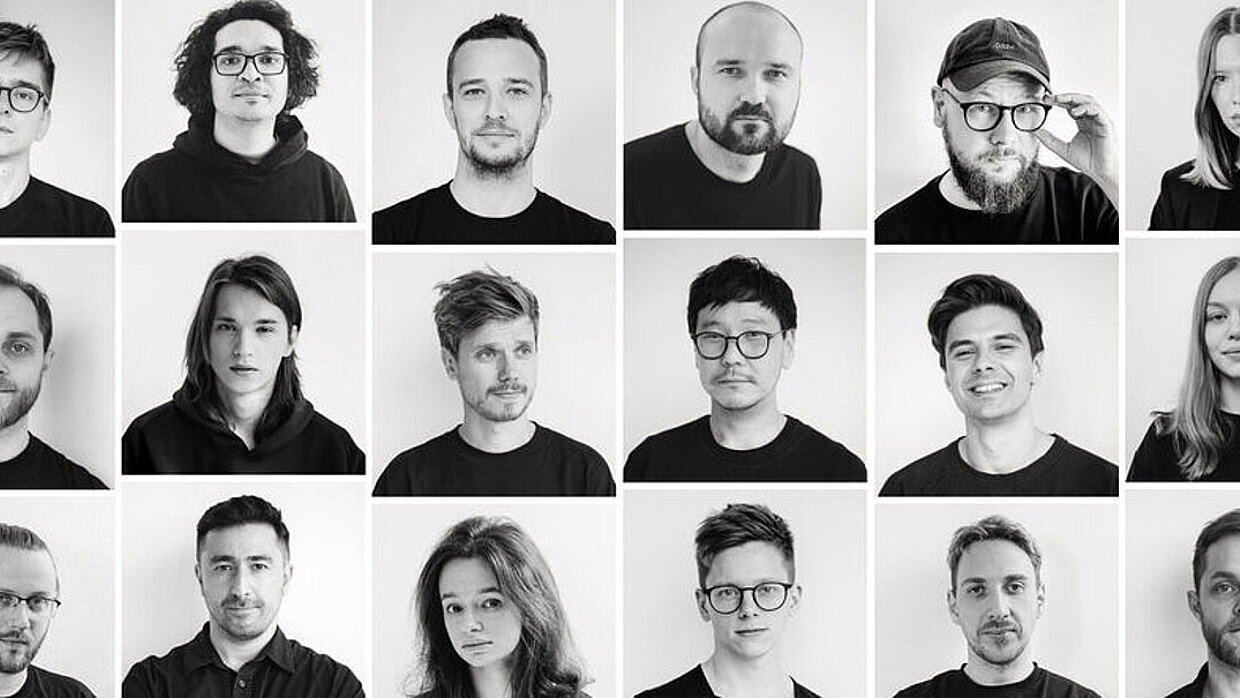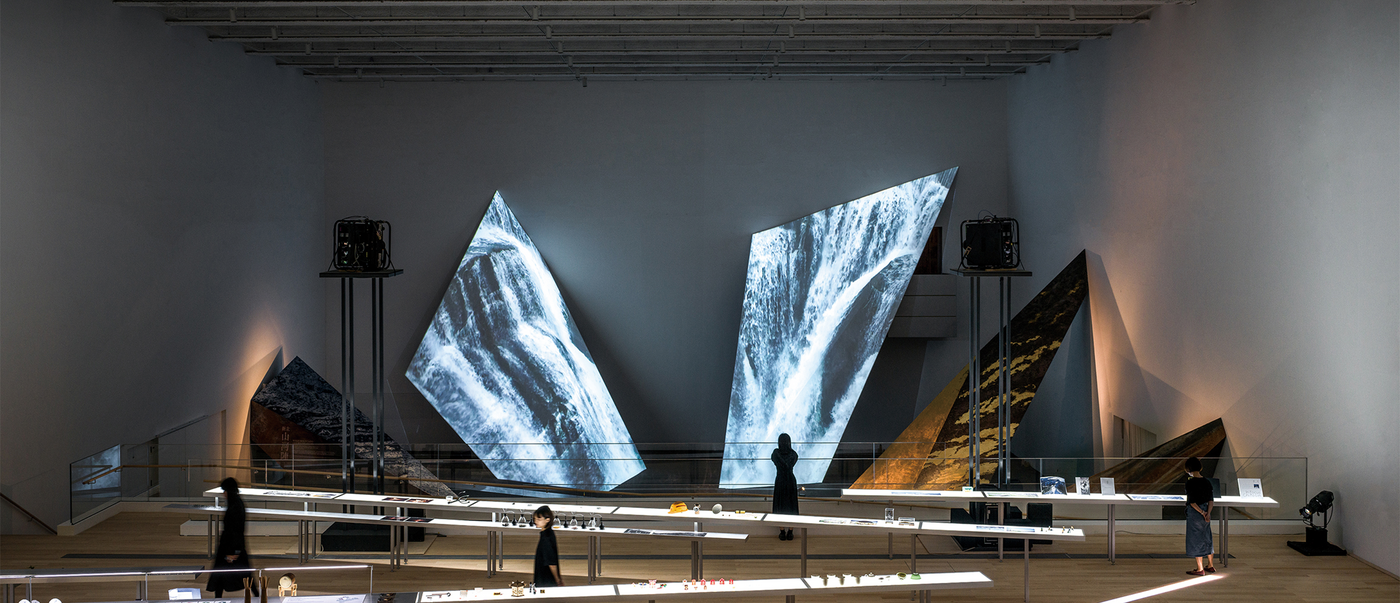
The Serendipity Studio consists of a group of individuals with backgrounds in architecture who enjoy spatialising topics. Their exhibition designs and installations allow people to experience abstract concepts in the entire space. Reflecting their name, the Serendipity Studio team embraces spontaneous creativity and unexpected occurrences, adding an element of randomness to their creations.
Interview with Ling-Li Tseng & Serendipity Studio
Red Dot: Your contribution to the Taiwan Design Expo 2023 celebrated New Taipei City. What characterised the project?
Ling-Li Tseng & Serendipity Studio: The exhibition looked at New Taipei City from a historical perspective. During the Age of Exploration, Taiwan was mapped as an island. So New Taipei City is not just an extension of the capital; it has its own historical significance. We specifically selected a space with a 12-metre-high ceiling in the museum, featuring stone circles and meandering river display tables, to reacquaint visitors with this stretch of land.
You describe the exhibition as a “multisensory journey”. How did you design it?
The exhibition begins with seven “stones”: large spatial displays that showcase the geological features of certain locations around New Taipei City. Projection art and sound design were used to create a powerful visual and acoustic impact. Different textures were assigned to each stone for direct tactile experiences, and we also extracted natural scents for the “river” zone to provide visitors with a narrative of the city that appeals to all the senses.
What role did interactive experiences play?
We wanted the exhibition to encourage people to visit New Taipei City. Based on the responses, the software generates a personalised exploration map for each visitor highlighting various attractions as well as hidden gems that only the locals know. The idea was to make the exhibition a starting point for a deeper engagement with and understanding of the city.
Are you sometimes surprised by the effect and impact of your projects?
Although it’s pretty easy to simulate spatial design on a computer, the simulation lacks subtleties, such as material effects, sensory experiences and unpredictable visitor movements. The exhibition was very popular, and it attracted a high volume of visitors. We were initially concerned that this would disrupt the spatial experience, but the way visitors moved was very structured and wave-like, creating a dynamic and rich visual tableau. This aspect was a wonderful surprise for us.

